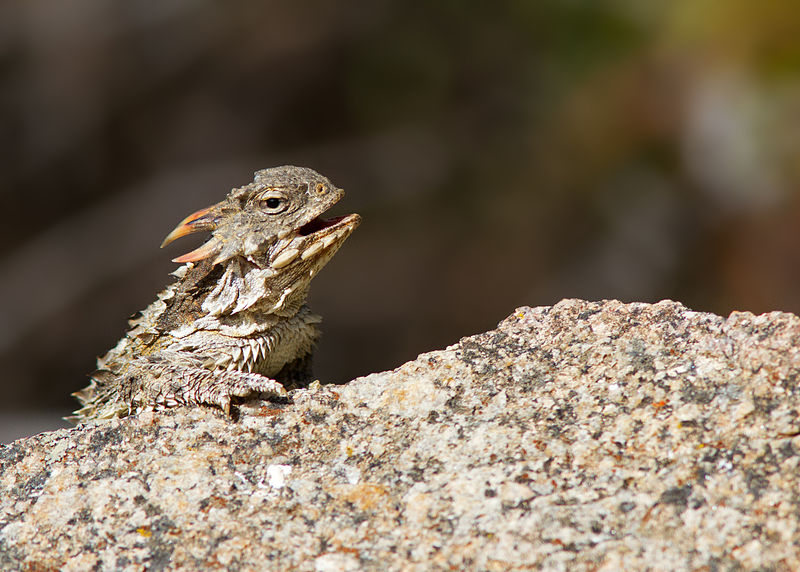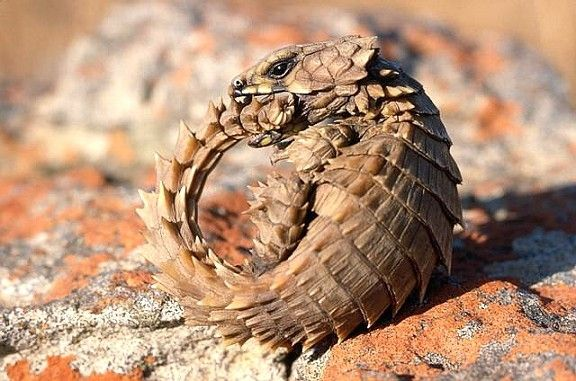

They have long tongues that allow them to catch ants, and their teeth are specially adapted to bite through the hard, chitin-rich bodies of ants.
#Armadillo lizard habitat skin#
The colors of their skin range from brown to yellow as the time of day changes to effectively blend in with their arid environments. Thorny devils have cones and shields on their bodies that serve as camouflage and as retainers of any water they come in contact with.

They even share a single placenta while in the womb. The nostrils of the Armadillo Lizard are formed into the little tubes.

It is also known as the Typical Girdled Lizard, Armadillo Girdled Lizard, Golden Armadillo Lizard, and Armadillo Spiny-tailed Lizard. All four young, always of the same sex, are identical quadruplets and developed from the same egg. The Armadillo Lizard is a lizard endemic to desert areas of the southern Africa. Four young are born in a burrow in March. They are skilled at digging for grubs and occasionally eat berries and bird eggs.Īlthough breeding occurs in July, the embryo remains in a dormant state until November. They are endemic to the Succulent Karoo biome in the Northern and the Western Cape provinces of South Africa, where they occur from the southern Richtersveld to the Piketberg Mountains and the southern Tankwa Karoo. The armadillo eats insects and other invertebrates. What is the habitat of a armadillo lizard Armadillo girdled lizards are native to desert areas along the western coast of South Africa. Many other wildlife species use and benefit from abandoned armadillo burrows.Īlthough occasionally considered a nuisance by home owners, the armadillo's habit of digging up lawns is driven by its appetite for grubs, which can also harm lawns. The animal will not survive in areas where the soil is too hard to dig. They dig many burrows, as well as dig for food. Life History Armadillos are prolific diggers. Unfortunately, armadillos often fall victim to automobiles and are frequently found dead on roadsides. Similar in form to an anteater, the bony, scaled shell of the armadillo protects it from attacks by predators. The Nine-banded Armadillo is a cat-sized, armored, insect-eating mammal. TPWD © Description Body Length: 15-17 in.


 0 kommentar(er)
0 kommentar(er)
